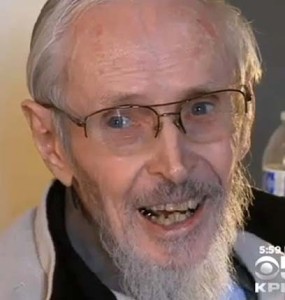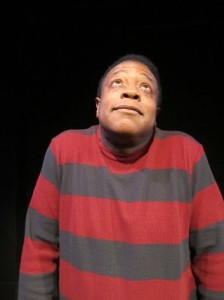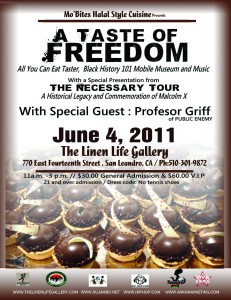
Laython “Judge” Landis
Update 2: Campaign finance reports show that Pauline Cutter returned Judge Landis’ contribution. Deborah Cox did not. Landis died in November 2015.
Update: Deborah Cox has given in to public pressure, this afternoon she spoke with Brian Copeland and said she’d return the contribution.
San Leandro has a long and tortuous history of racial segregation and discrimination. The city was almost exclusively white well into the 1990s and stories of police cars guarding the border with Oakland still linger in the memory of many African Americans. Writer and comedian Brian Copeland, who moved to San Leandro as a young child, turned his experiences growing up here into a powerful one-man show, which became the longest running solo play in San Francisco. The book based on his play, Not a Genuine Black Man: Or, How I Claimed My Piece of Ground in the Lily-White Suburbs, has earned 5 stars on Amazon.com.
While San Leandro has changed greatly since then, and we are now one of the most diverse cities in California, too many of the long-term residents who remain have kept their racist and xenophobic attitudes which they express unchallenged. It was thus not in the least surprising to hear that Laython “Judge” Landis, a former San Leandro City Council and current director of the Oro Loma Sanitary District Board, made an outright racist remark during a board meeting (which he later repeated thrice during a TV interview). What was surprising is that someone actually called him on it and tried to hold him accountable for it.
Lands is well known in town for his racist and sexist commentaries; he once described President Obama as “just a monkey with ears” and has made indecent propositions to local female politicians. But he has been an elected official for over four decades, his name carries weight with the older and white San Leandro population and he can be generous with his financial contributions. This means that politicos keep inviting him to their events, using their names and taking his checks.
In the last election alone, Landis gave a $1,000 contribution to now Mayor Pauline Cutter and a $2,000 contribution to now Councilmember Deborah Cox. On his radio show and on Facebook, Brian Copeland called on Cutter and Cox to return such contributions. Cutter committed to doing so and has already taken Laython Landis off the list of the endorsers for her Mayoral run. Deborah Cox has not personally addressed Copeland’s request, but the response of Angela Ramirez-Holmes‘s, Cox’ campaign manager, response is telling: “I have no idea why giving him the money back is helpful. I don’t understand this call to action.”
San Leandro deserves better.

 The
The 
